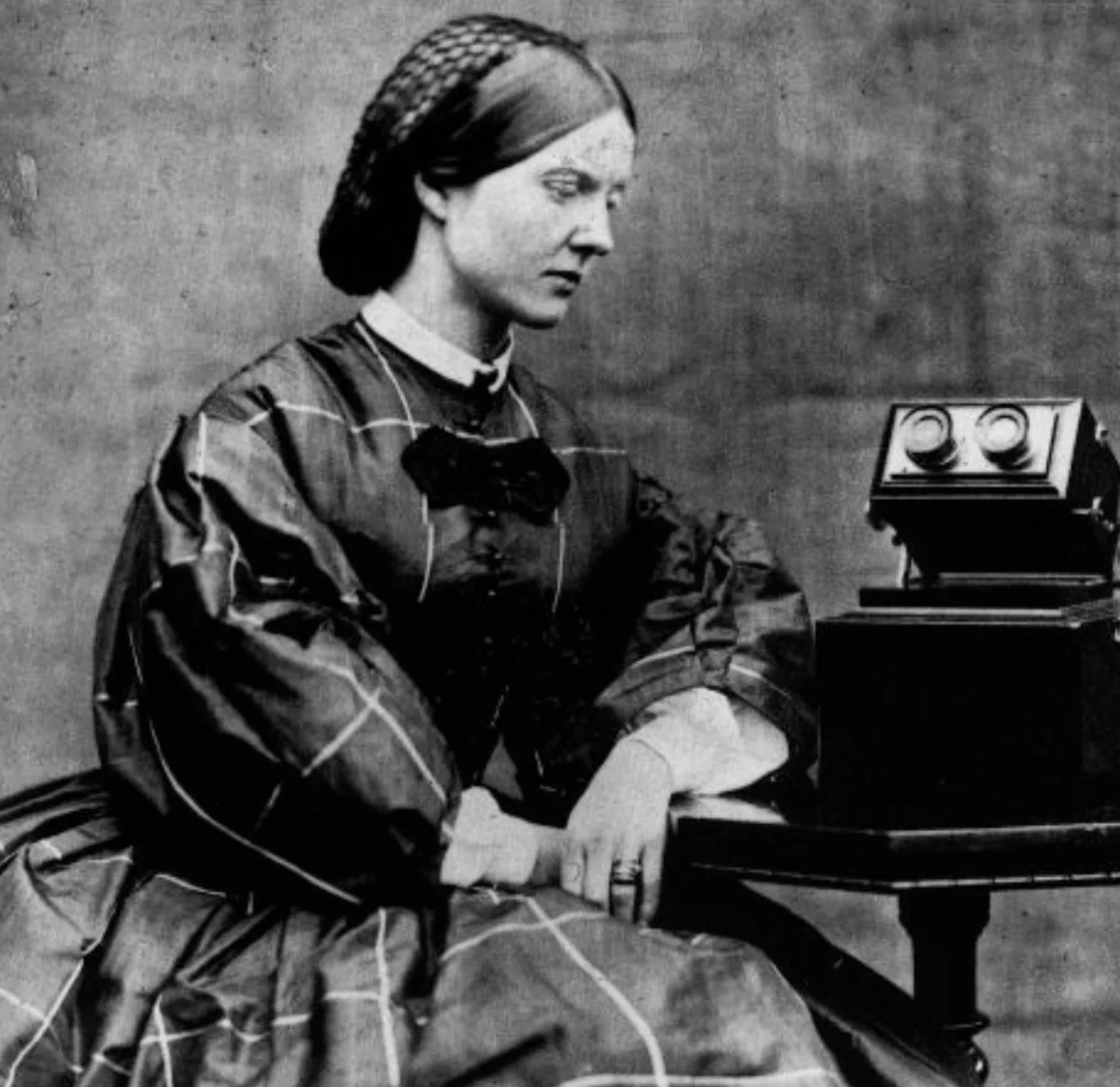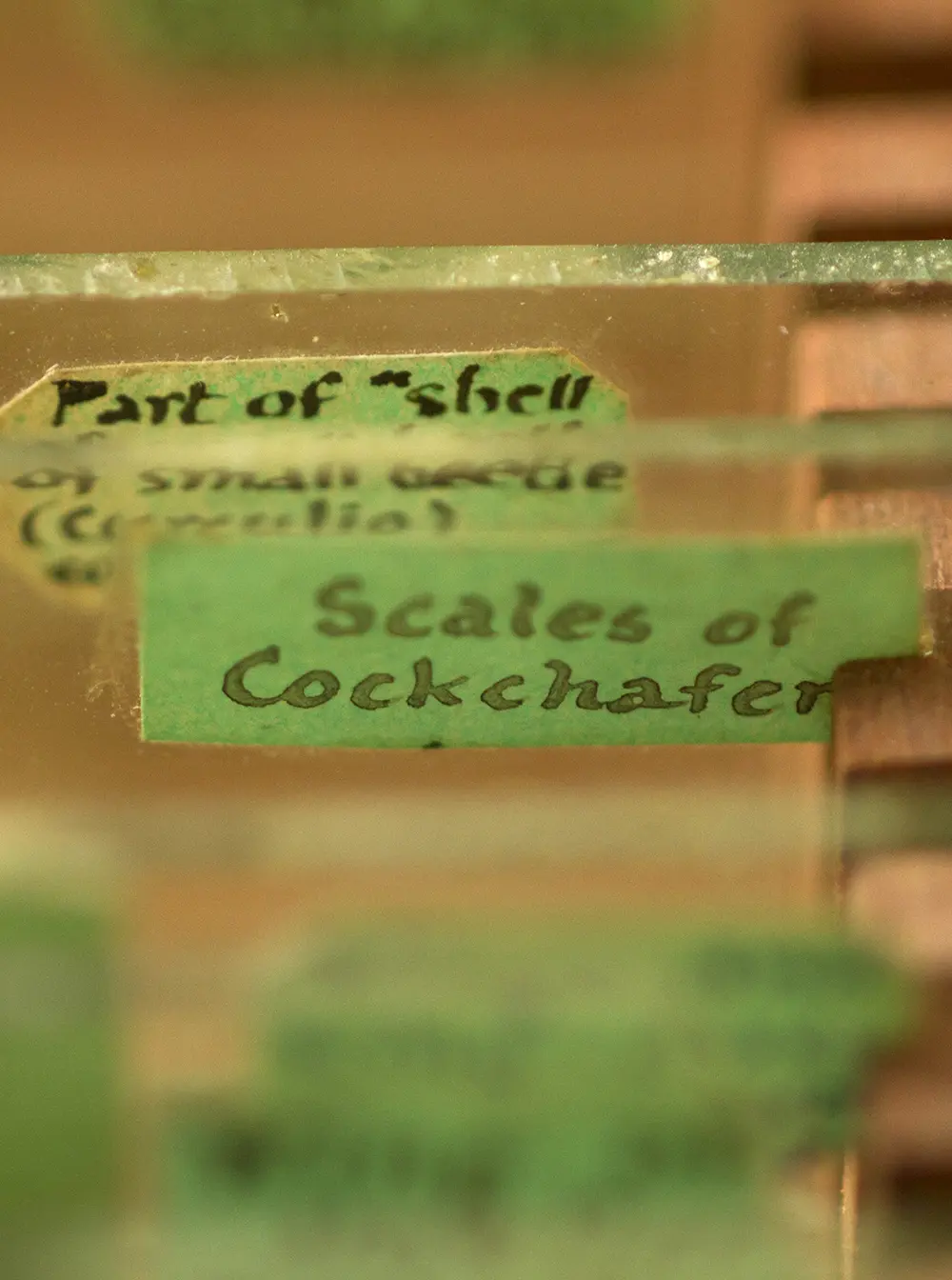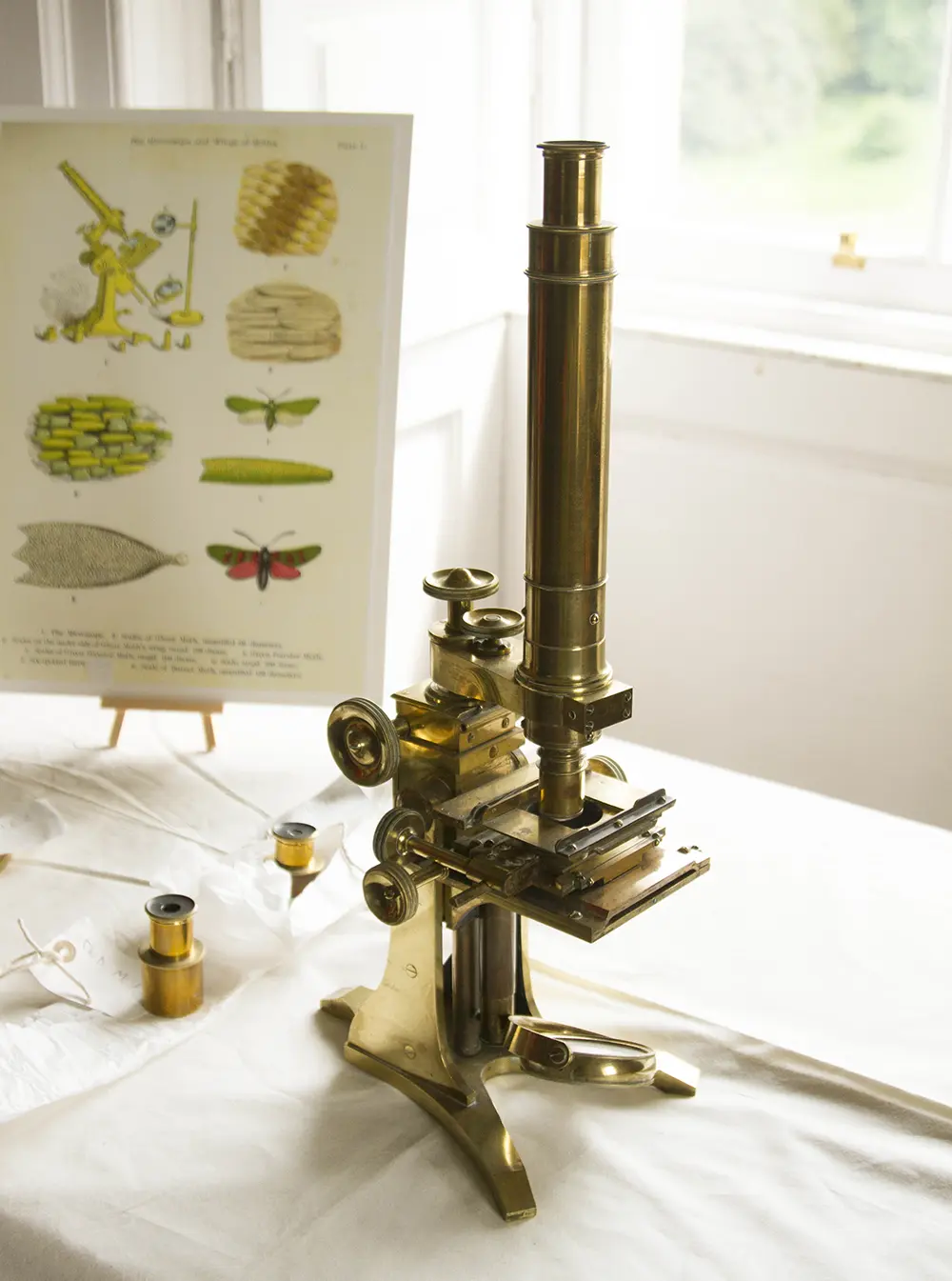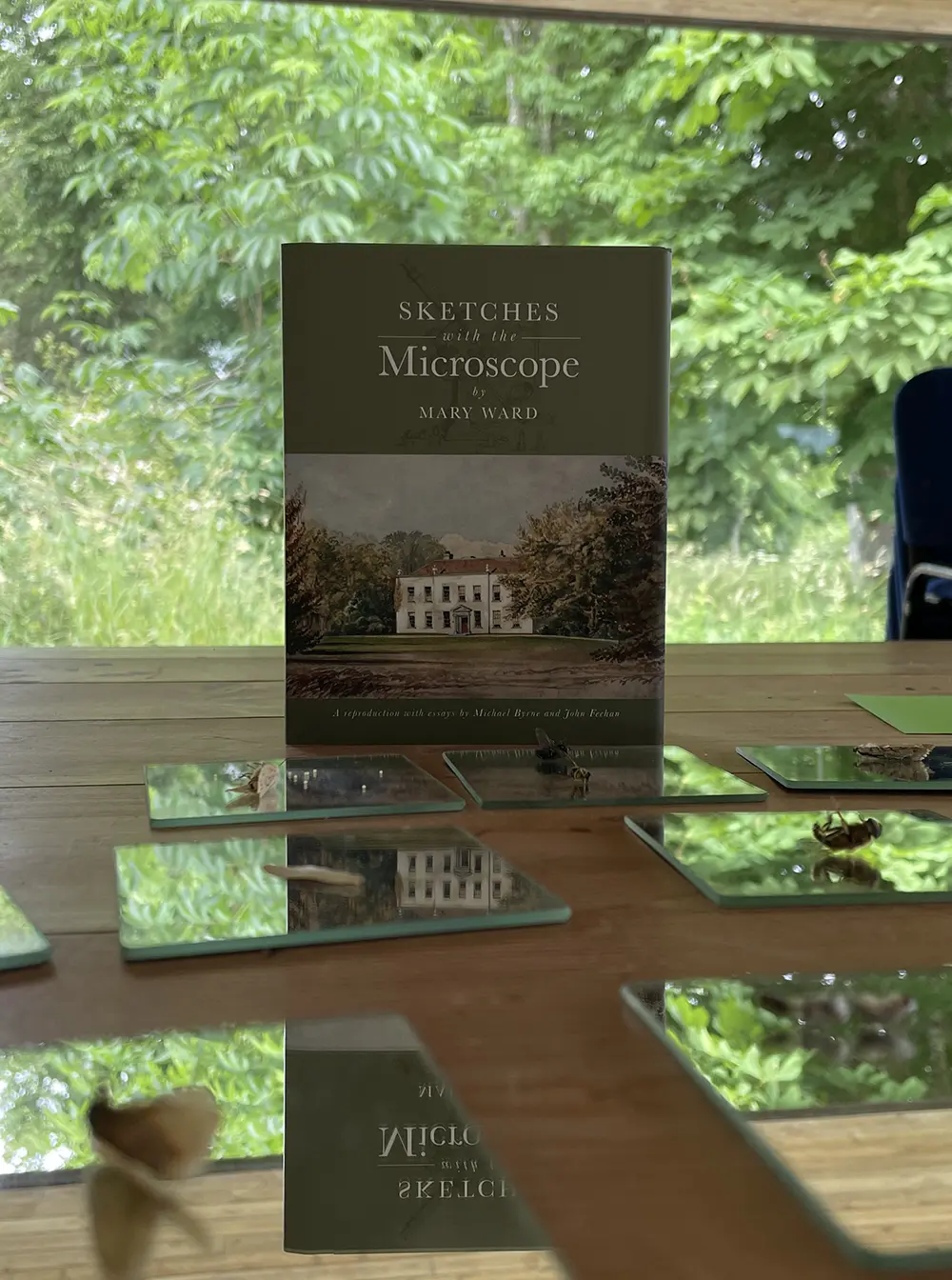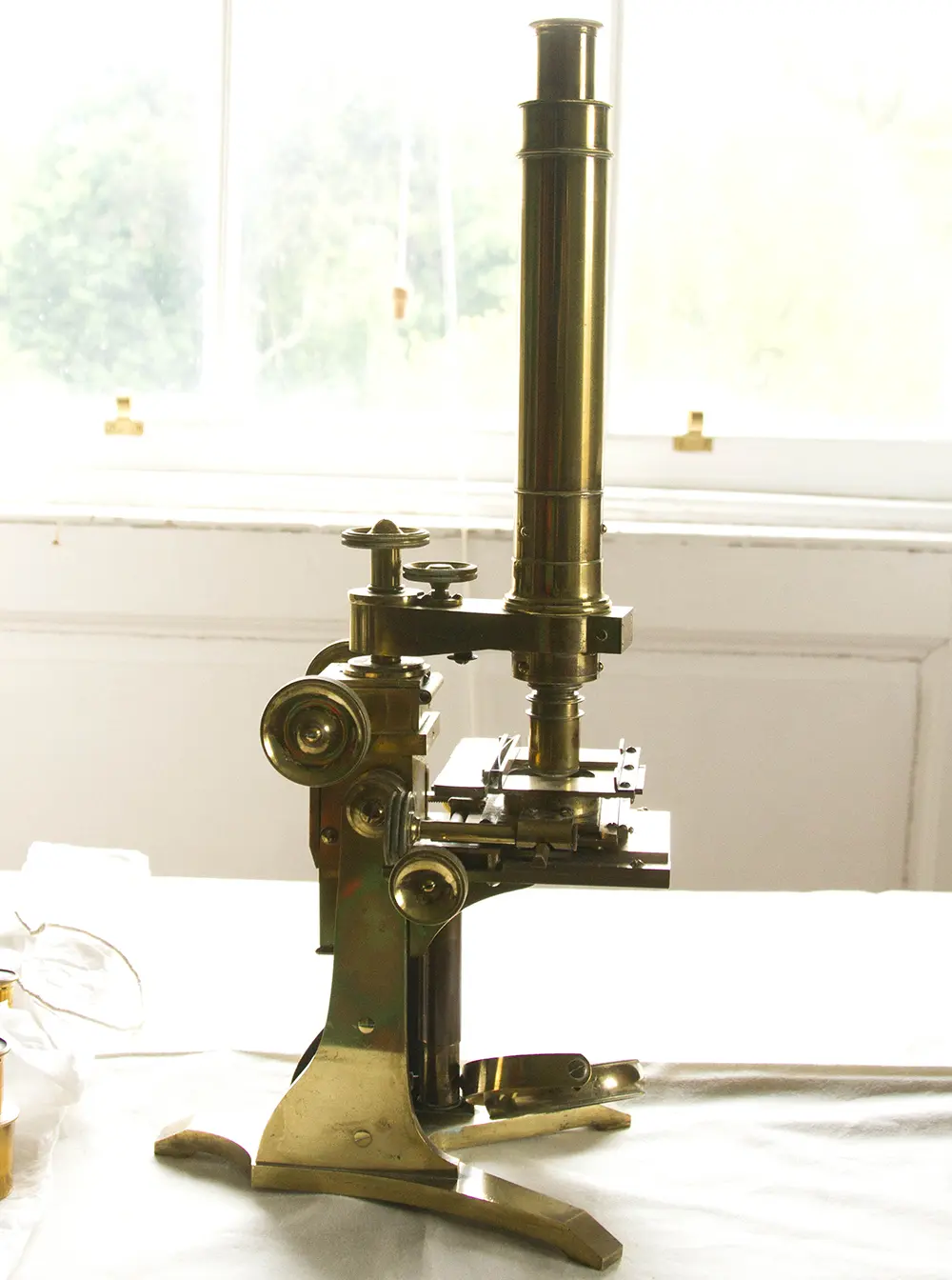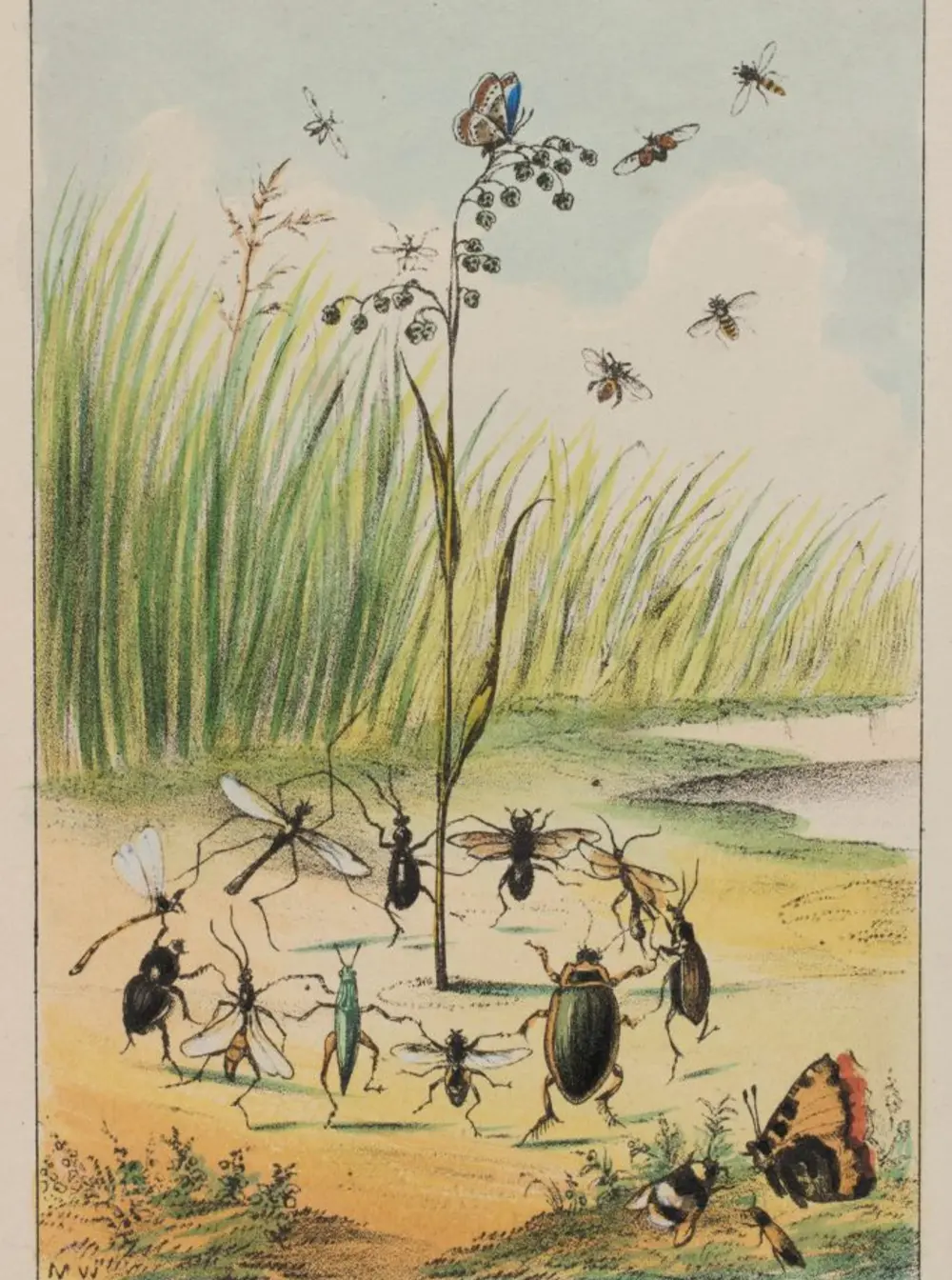Mary Rosse and Mary Ward's Story from Birr Castle
The women of Birr Castle have contributed to its science success on many levels with two key contributors found in Mary Rosse, the Third Countess of Rosse and Mary Ward, the first cousin of the Third Earl of Rosse.
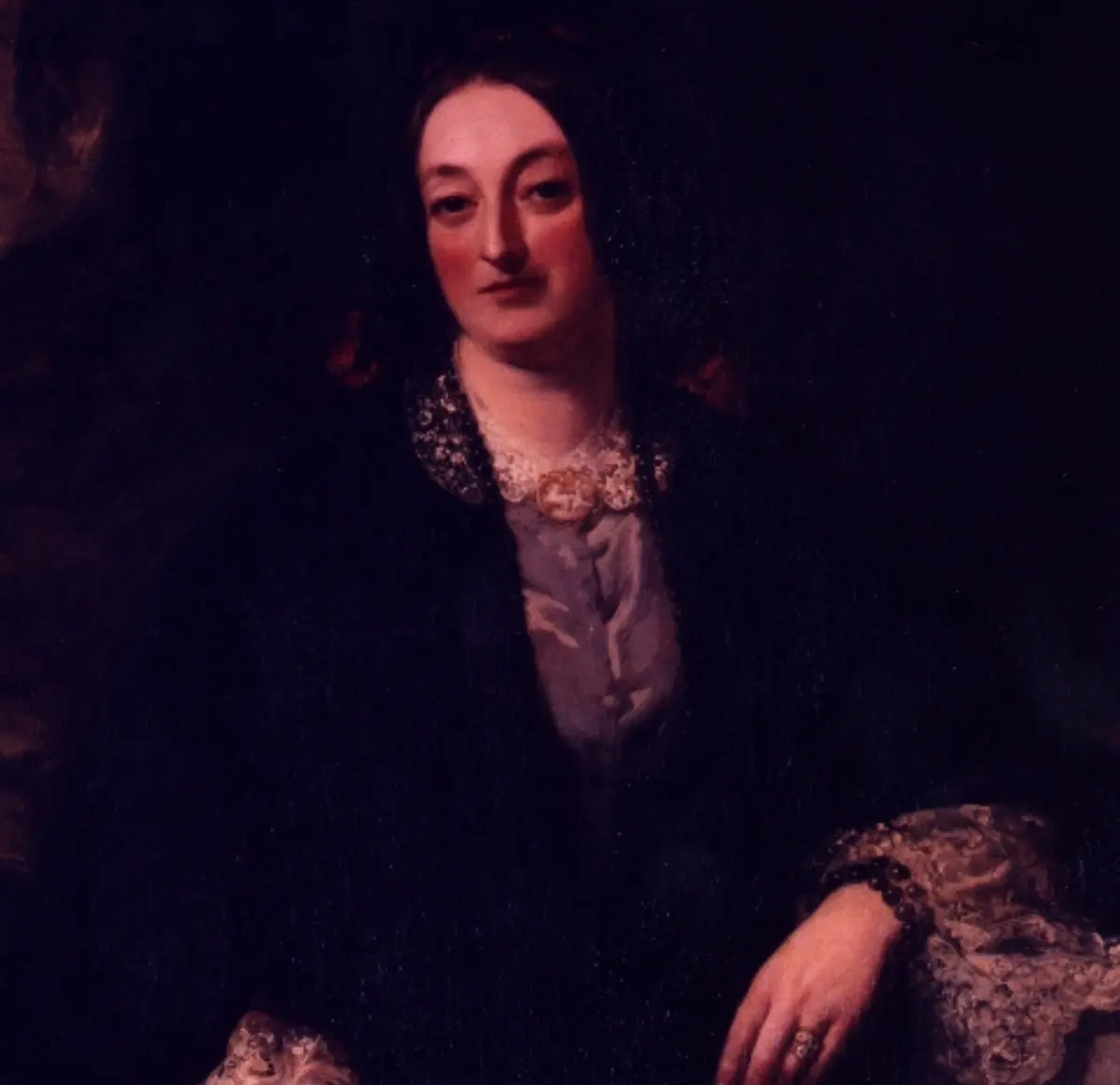
Mary Rosse
Mary Rosse (née Field) was born in 1813 at Heaton Hall, near Bradford in Yorkshire. She was the daughter and co-heiress with her sister, of a wealthy landowner John Wilmer Field. Her father, having no sons, brought up the girls with an excellent education, which included mathematics and scientific subjects.
Mary was married in 1836 to William Parsons, the Third Earl of Rosse, an avid astronomer with ambitious plans to build the world's largest telescope. Mary's wealth helped fund this project, and her own scientific interests aligned well with William's, making their marriage a harmonious partnership.
The couple had a large family, including their daughter Alice, and sons Laurence, William, John, Randal, Clere, and Charles, the youngest of whom became a notable engineer. Tragically, Alice died of rheumatic fever at eight, followed by the deaths of their two sons, William and John, both aged 11. Despite these heart-wrenching losses, which were not uncommon in Victorian families, Mary and William went on to have several other children, but only four survived into adulthood: Laurence, Randal, Clere, and Charles.
Achievements in Photography
Mary's passion for photography led her to develop a fully equipped darkroom at Birr Castle, which, remarkably, still stands today as the oldest intact darkroom in the world. Mary's darkroom was a site of pioneering work, where she experimented with photographic processes, creating detailed and high-quality images. Her work included still-life compositions, portraits, and architectural photography, all captured with remarkable precision and clarity. She often collaborated with notable figures in the scientific and photographic community, such as Sir John Herschel, a major influence in the development of early photographic processes. Additionally, her efforts in photography supported her husband’s astronomical observations and engineering projects, such as documenting the construction of the “Leviathan of Parsonstown”.
Read More
Mary Rosse's exceptional skill in photography was recognized through various accolades. She received medals from the Photographic Society of Ireland and the Photographic Society of London for her outstanding contributions and innovation. These societies lauded her work not only for its technical excellence but also for the artistic quality she brought to the medium. Her recognition as an accomplished photographer was particularly notable during an era when women were seldom acknowledged in scientific or artistic circles. The darkroom that Mary Rosse built at Birr Castle is now celebrated as the oldest surviving photographic darkroom in the world. Constructed in the 1850s, this darkroom stands as a testament to her technical expertise and innovative spirit. It contains original features such as glass-covered sinks, chemical storage, and ventilation systems that were revolutionary for their time. This historical artifact is significant not only for its connection to Mary Rosse’s pioneering work but also for preserving the tangible legacy of 19th-century photography. The darkroom's preservation allows modern historians and photography enthusiasts to appreciate the early infrastructure and methods used in the field, highlighting the essential role Mary Rosse played in advancing photographic techniques. Mary's legacy in photography is underscored by her ability to blend art with science, positioning her not only as a contributor but as a leader in early photographic development. The preservation of her darkroom stands as a testament to her lasting influence and reflects the profound cultural and scientific importance of her work. Today, visitors to Birr Castle Demesne can appreciate the enduring significance of her achievements, which laid the groundwork for future explorations in photography and scientific imaging.Recognition and Medals
The Oldest Remaining Darkroom in the World
Legacy
Mary Ward
Mary Ward (1827–1869), born as Mary King, was a remarkable scientist and illustrator who made significant contributions to the fields of natural history and microscopy. She was born in Ballylin near Ferbane, County Offaly, as the youngest child of the Reverend Henry King and his wife Harriette. As a child, Mary had a deep love for nature, finding fascination in insects and butterflies. Her scientific journey began when, in her teens, she was gifted a microscope, sparking a lifelong passion for studying the natural world. Mary paid frequent visits to her cousin Wiliam Parsons, Third Earl of Rosse in Birr, where she became a close friend of the Third Countess of Rosse, who encouraged her interests and pursuits. With her talent as a painter and draughtsman, Mary created exquisite illustrations that were featured in scientific publications and also authored educational books, including 'Sketches with the Microscope', which made the wonders of microscopy accessible to many. Her commitment to education extended to children’s literature and even included a book on using telescopes, showcasing her dedication to teaching and inspiring the younger generation.
Mary married the Hon. Henry Ward of Castle Ward in Northern Ireland, and together they had eight children. Despite her intellectual achievements and contributions to science, Mary is often remembered for her tragic death. Upon her return to Birr in 1869 to attend the memorial service for the recently deceased Third Earl of Rosse, Mary rode in an experimental steam-powered carriage built by her young cousin, Charles Parsons. Tragically, during this ride, she was thrown from the front of the vehicle and fatally injured, marking her death as the first recorded road accident in Ireland. Although her life was cut short at the age of 42, her legacy as an accomplished scientist, educator, and artist endures, marking her as a trailblazer for women in science during an era when their contributions were often overlooked.
